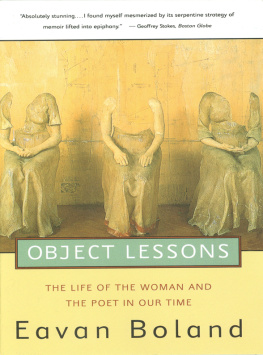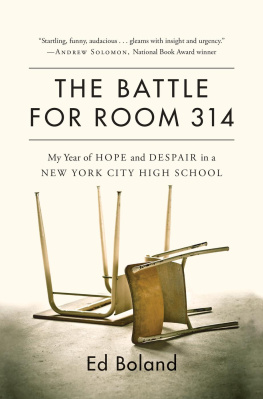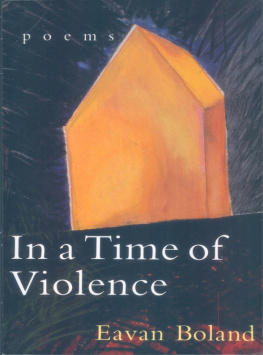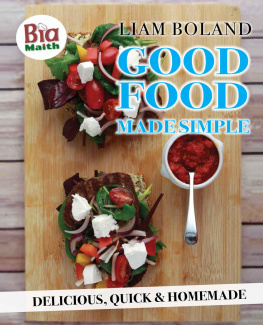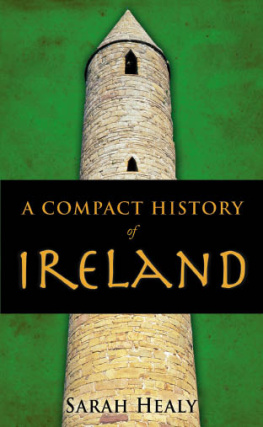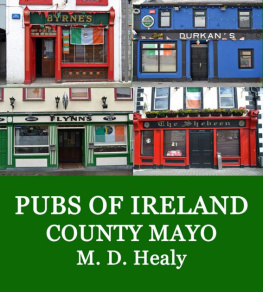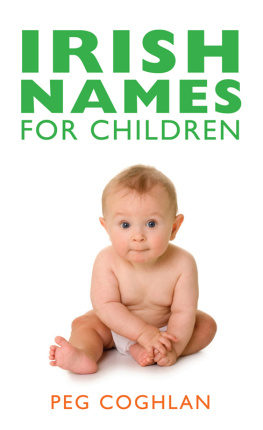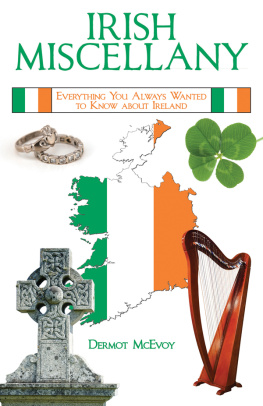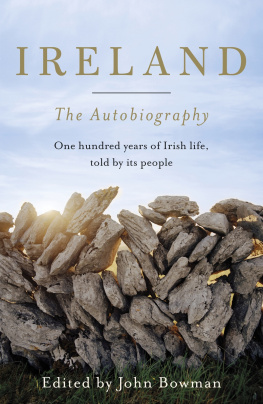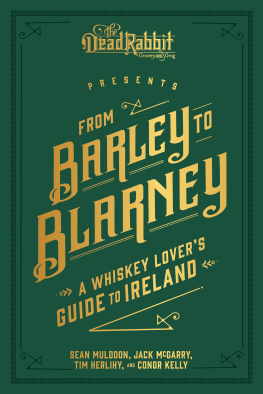A SECRET MAP OF IRELAND
Rosita Boland was born in Clare. She has published two books of poetry, Dissecting the Heart (Gallery Press, 2003) and Muscle Creek (Raven Arts Press, 1991), and the non-fiction Sea Legs Hitch-hiking the Coast of Ireland Alone (New Island Books, 1992). Her poems are in several anthologies, including The Field Day Anthology of Irish Literature, and are on the new 2005 Leaving Certificate English poetry syllabus. She won the Sunday Tribune/ Hennessy First Fiction Award in 1997. She has travelled widely and is a staff journalist with The Irish Times.
A version of the Armagh chapter was published in the Spring 2005 edition of The Dublin Review.
ROSITA BOLAND

First published by GemmaMedia in 2010.
GemmaMedia
230 Commercial Street
Boston MA 02109 USA
617 938 9833
www.gemmamedia.com
Copyright 2005, 2010 Rosita Boland
This edition of A Secret Map of Ireland is published by arrangement with New Island Books Ltd.
All rights reserved. No part of this publication may be reproduced in any manner whatsoever without written permission from the publisher, except in the case of brief quotations embodied in critical articles or reviews.
Printed in the United States of America
12 11 10 09 08 1 2 3 4 5
ISBN: 978-1-934848-27-2
Cover design by Night & Day Design
Library of Congress Preassigned Control Number (PCN) applied for.
For my brothers and sister,
Arthur, David and Citrona Boland,
with love and friendship
And in memory of our dear uncle, Gerald Bruen
CONTENTS
What began it all was the bright bone of a
dream I could hardly hold onto.
From Running in the Family, Michael Ondaatje

COUNTIES OF IRELAND
INTRODUCTION
The first map I ever owned was The Educational School Map of Ireland, which we all had to buy in fourth class when I was nine. I think it cost sixpence. The counties were different colours pink, green, yellow, orange the various colours assigned to counties seemingly at random. I never worked out why the counties were the colours they were. They were not, for instance, colour-coded by province. Armagh was green, but so too were Limerick, Roscommon, Waterford, Dublin and Carlow. Clare, my own county, was yellow.
I studied the map constantly, utterly fascinated by it. For a small map, it packed in a lot of detail. A thick red line showed the railways. Crossed swords showed the sites of battles: Vinegar Hill, Cnocnanos, Ballineety, Aughrim, Carrickshok, Clontibret. Small crosses marked historical sites: Ardmore, Clonfert, Gartan, Bunratty, Monasterboice. Names and heights of mountains were printed in tiny black type: Carntuohill 3414, Devils Bit 1583, Lognacoille 3047, Cruagh Patrick 2518, Sl Donard 2790. There were no roads marked on it at all. Instead, there were rivers snaking everywhere: R Liffey, R Blackwater, R Bann, R Robe, Fergus R, R Shannon, R Derg.
The bays and lochs were all marked in, as were many of the islands. The cities, county capitals, towns and villages were almost like afterthoughts, small pinpricks of red against all those rivers, mountains, battle sites, historical sites, which took up most of the space. Shannon, then a new town in the making, was not on the map at all.
Broken red lines led into Waterville and Valentia: Trans-Atlantic Cables. Sea routes were thin red lines. There were twenty-four of them then. Cobh to New York 2800m, Waterford to London 215m, Dublin to Liverpool 120m, Greenore to Holyhead 70m, Belfast to Glasgow 113m, Moville to New York 2560m, Larne to Stranraer 35m.
I still have that map of Ireland, along with several others Ive acquired in the meantime. I like the fact that, like palimpsests, maps can contain anything: that one map of the same country can exist without showing you roads, and that another one is thick with roads. That one version can show you historical sites, and another only race-courses. I also like the simple but satisfying fact that, if you have been to a certain county, it means something different to you; you have a first-hand, three-dimensional experience of it. It becomes real in a way it didnt before.
Ireland is a country that is sentimentalised by virtually everyone except those who actually live in it. Heres the best example I can think of. Litter. The Irish, it has always seemed to me, are genetically programmed to litter. RT journalist Valerie Cox did several reports about illegally dumped rubbish recently for the Today with Pat Kenny Show, going out on the road with litter wardens. In rural Sligo, they found a huge pile of half-burned rubbish in a scenic public amenity. The litter warden found an address in the mess and duly confronted the man who had dumped it there. When asked by Cox what this mans partner would say if she knew that he had burnt all this litter in a wooded picnic area, he said, Shed kill me. When Cox asked him why he had done it, he simply replied several times, I dont know. The thing is: he did sound genuinely baffled, as if he really had no clue at all what had prompted him to think that it would be an excellent idea to go to a local beauty spot and burn his unwanted rubbish.
So thats part of what Ireland is. Its there, the elephant in the corner, along with political corruption, drugs, racism, tribunals, a new culture of commuting, planning disasters, materialism, obsession with property, celebrity and the quite staggering fact (to me, anyway) that Brown Thomas now offers a bespoke Hermes bag made of crocodile skin and diamonds that sells for 120,000. All those things are now an integral part of the Ireland we live in. But they werent what I wanted to focus on when writing this book.
I wanted to write a book that attempted to show that you can be surprised by your own place. Undoubtedly, many people who read this book will know the things I have written about inside-out. But prior to researching this book, I had never heard of the Seven Wonders of Fore at Westmeath. Or Dan Donnellys arm in Kildare. Or explorer Thomas Heazle Parke, buried in Drumsna, Leitrim. Or Billy Dunbars museum in Tyrone. Or the lost village at Ballyvaston in Down. Or the Fuldiew Stone in Antrim. Local people in those counties will probably know all those names and places intimately. I suppose my thinking was that you cant be a local in every county, so hopefully there are at least a few surprises for everyone.
Knowing a county well made little difference to what I chose to write about. Kerry, for instance, where my father is from, where my brother David now lives, where I once lived myself and which is a county I have known extremely well all my life, was almost the last place to yield up what seemed like the right idea. Similarly, I dithered for a long time about Clare, my home county. In the end, I chose subjects purely because they either meant something to me or intrigued me, thus I really wanted to research and write about them. Selection was as simple as that. Anyone could write a book like this one, and each one would be completely different because everyone would focus on different subjects, chart their own individual map.
Next page

